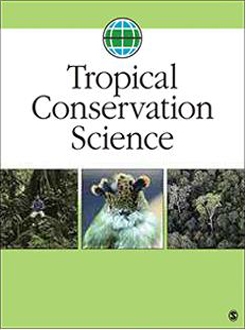Tropical dry forests (TDF) in Mesoamerica are highly endangered by the expansion of human activities (e.g., agriculture and cattle ranching). In contrast, TDF in Costa Rica have experienced outstanding restoration due to changes in economic and conservation policies. Currently TDF landscapes in Costa Rica are a mosaic of different successional stages. Tree breeding systems and pollination and dispersal syndromes are key elements for understanding restoration processes in TDFs. In this study we describe and compare tree species composition and diversity in three TDF successional stages (early, intermediate and late) in Guanacaste, Costa Rica. We describe for the first time tree species breeding systems and pollination and dispersal syndromes for the largest and most significant TDF remnant in Mesoamerica. We set up nine plots, three per successional stage, and we measured and identified 1,072 trees from 96 species. Species richness and diversity indices were higher for the intermediate stage. Monoecy was the most common breeding system, as in other tropical life zones. Insects were the dominant pollinators, facilitated by the trees' small inflorescences. Wind was found to be not only the next most influential pollinator, mainly in open and disturbed early forests, but also it was also a good seed dispersal agent. As TDF age increases so does the relevancy of birds and mammals as dispersers; the late stage therefore has more tree species with adaptations to these dispersers.
How to translate text using browser tools
23 March 2015
Tree species composition, breeding systems, and pollination and sispersal syndromes in three forest successional stages in a tropical dry forest in Mesoamerica
Branko Hilje,
Julio Calvo-Alvarado,
César Jiménez-Rodríguez,
Arturo Sánchez-Azofeifa

Tropical Conservation Science
Vol. 8 • No. 1
March 2015
Vol. 8 • No. 1
March 2015
Costa Rica
Dioecy
monoecy
Santa Rosa National Park
species richness




